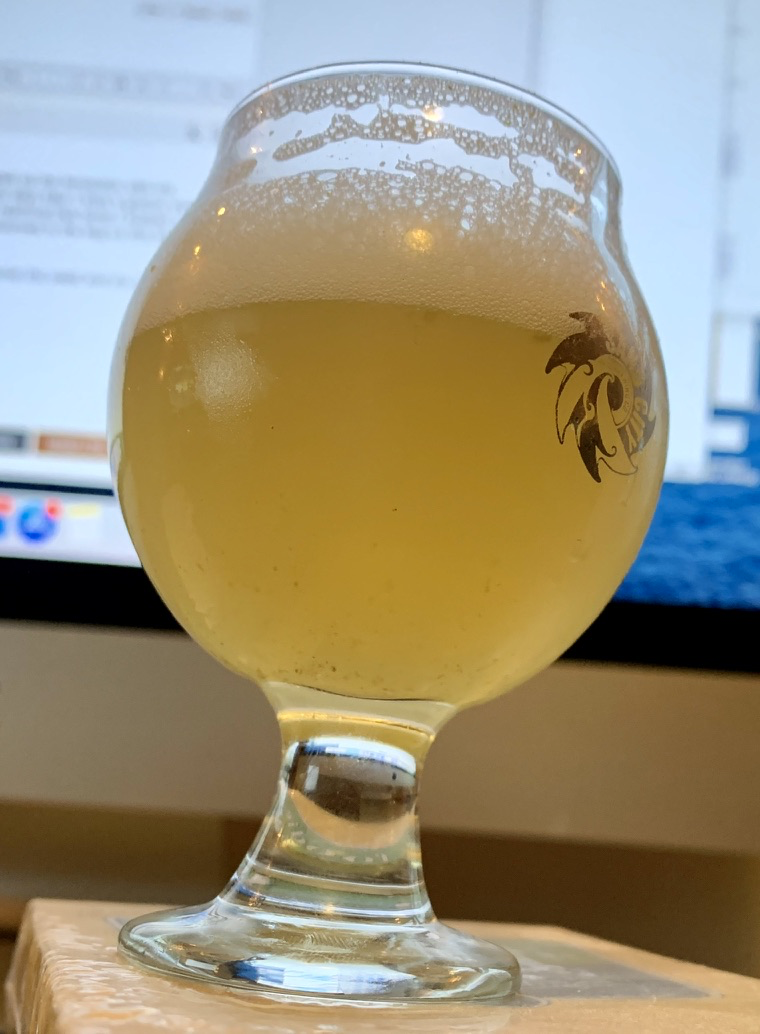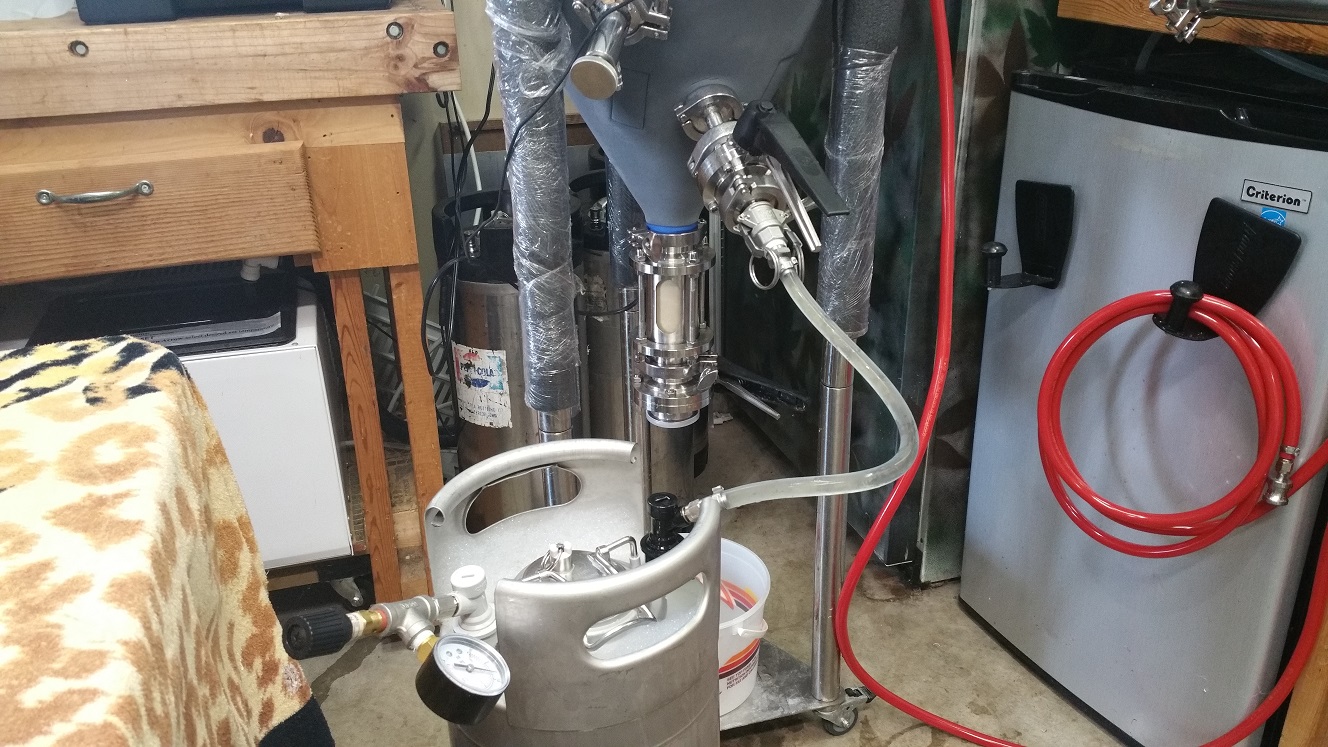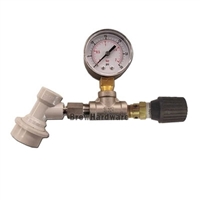The only thing to be aware of with this--and it was me that showed that--is if you have a runaway fermentation with blowoff krausen. I do mostly 5-gallon batches in my CF10 so I'm rarely in a position where that's an issue, but with a 10-gallon batch that might be. It's possible krausen could clog things up. I suspect the PRV would release if that became an issue, but just be aware. I know some yeasts/fermentations produce more krausen than others. I think there's enough headspace to accommodate most krausens, but YMMV.
Very good point, I forgot to mention that I added a sight glass and extension tube to raise the gas manifold 8-10”. Even with that, it still could be a risk for 10 gal batches.
















![Craft A Brew - Safale S-04 Dry Yeast - Fermentis - English Ale Dry Yeast - For English and American Ales and Hard Apple Ciders - Ingredients for Home Brewing - Beer Making Supplies - [1 Pack]](https://m.media-amazon.com/images/I/41fVGNh6JfL._SL500_.jpg)












































